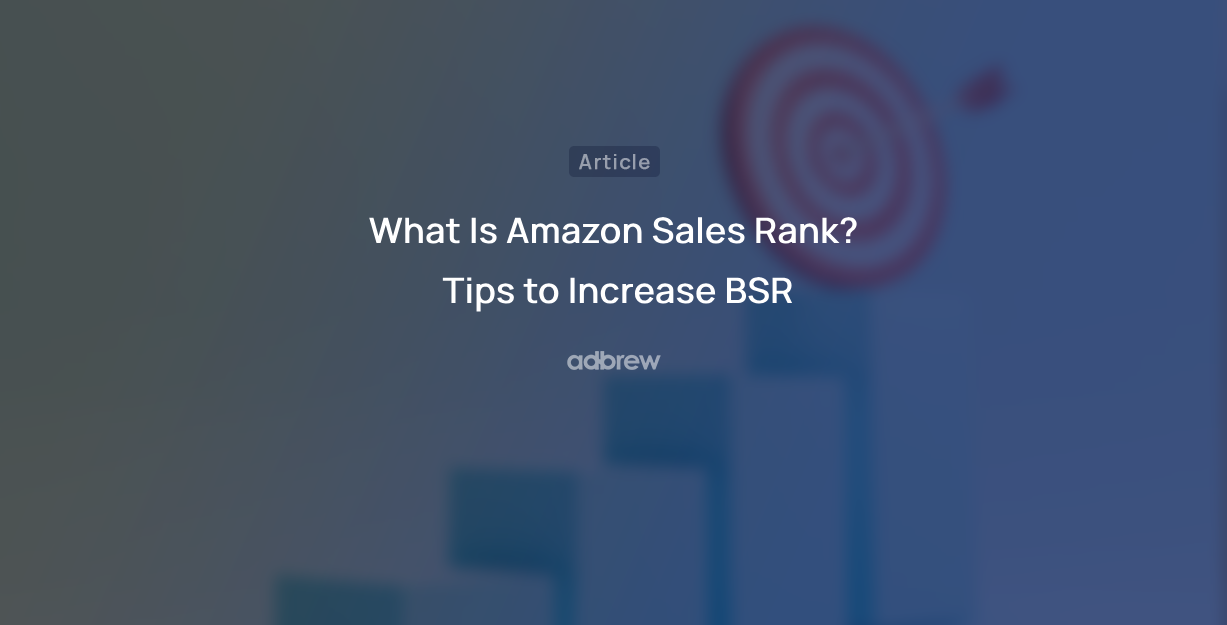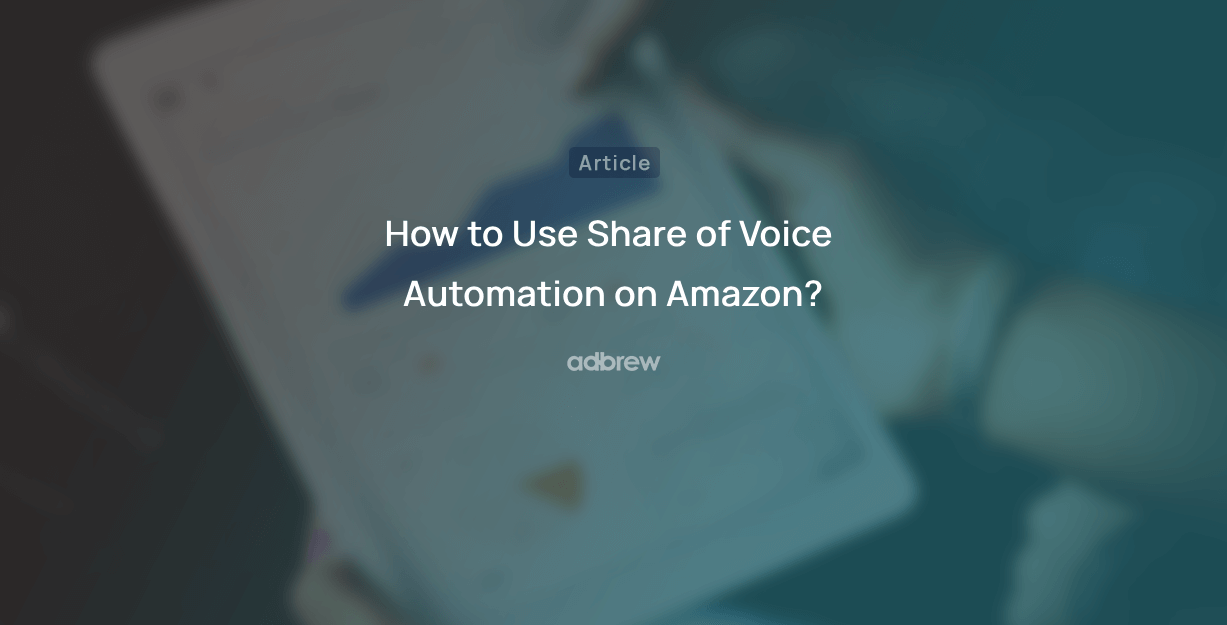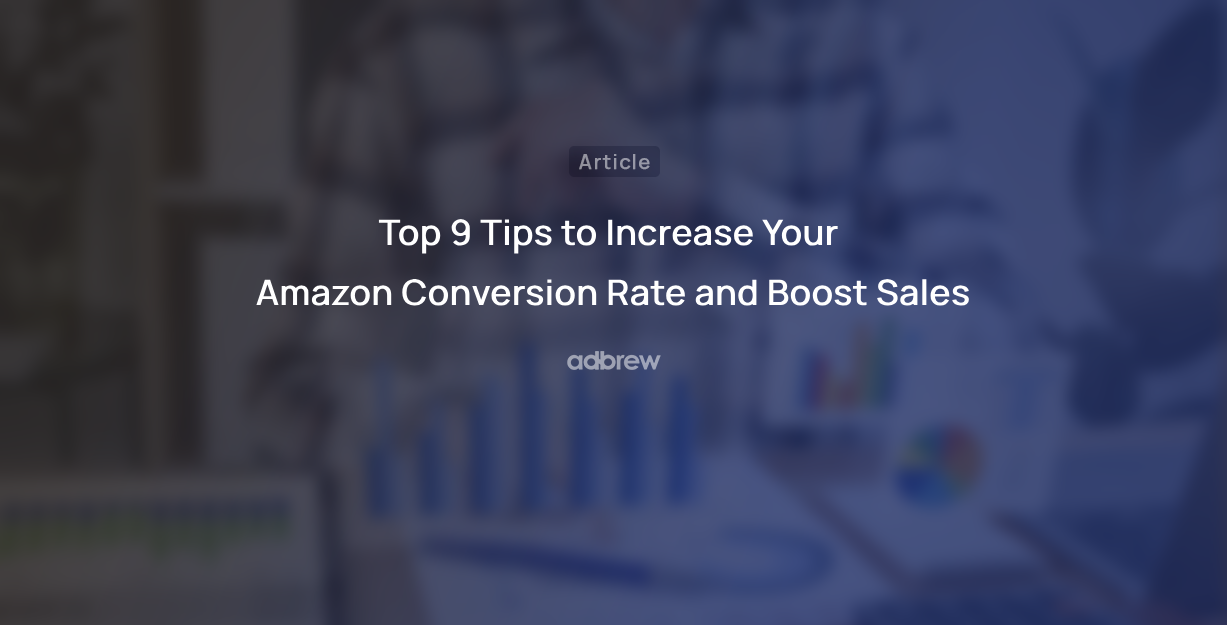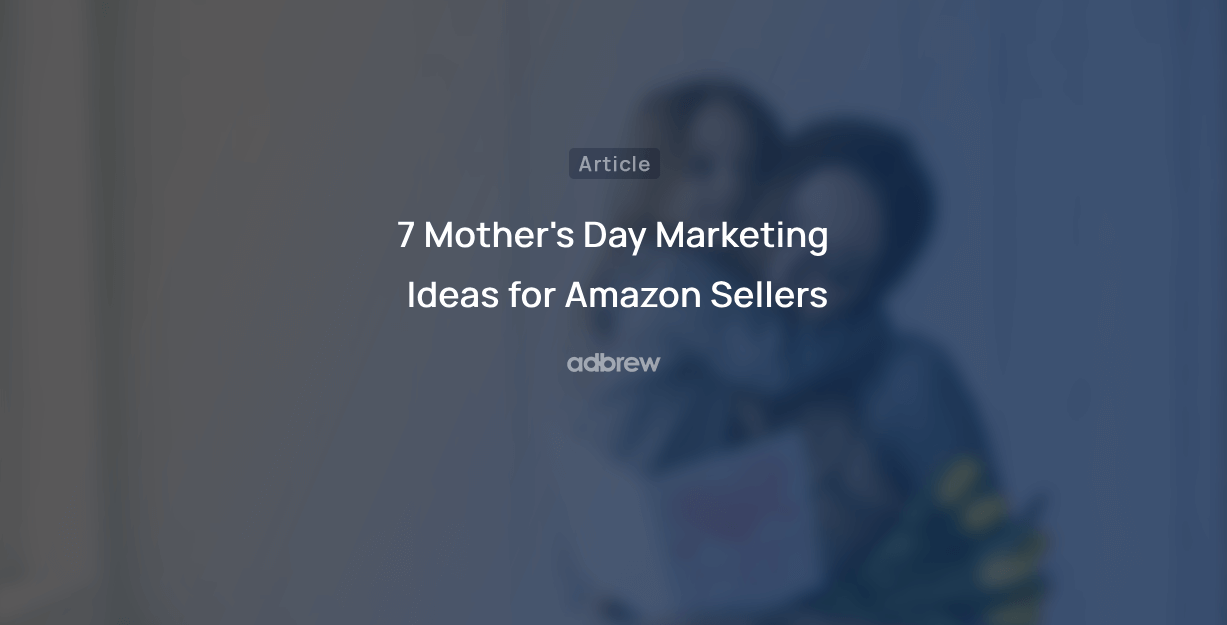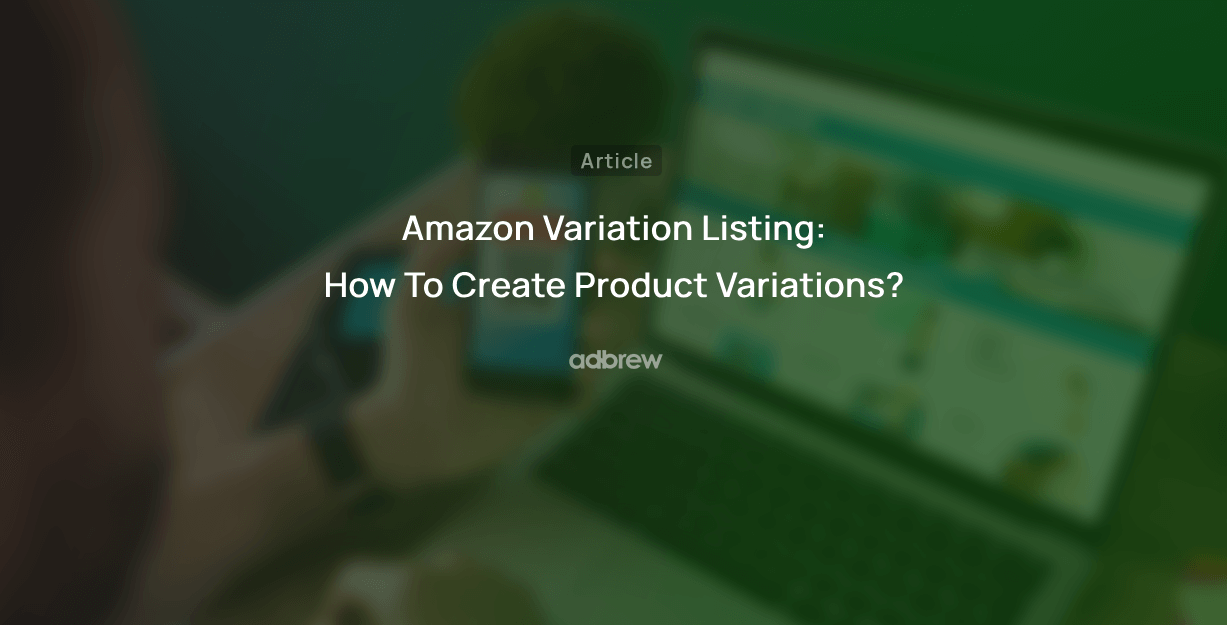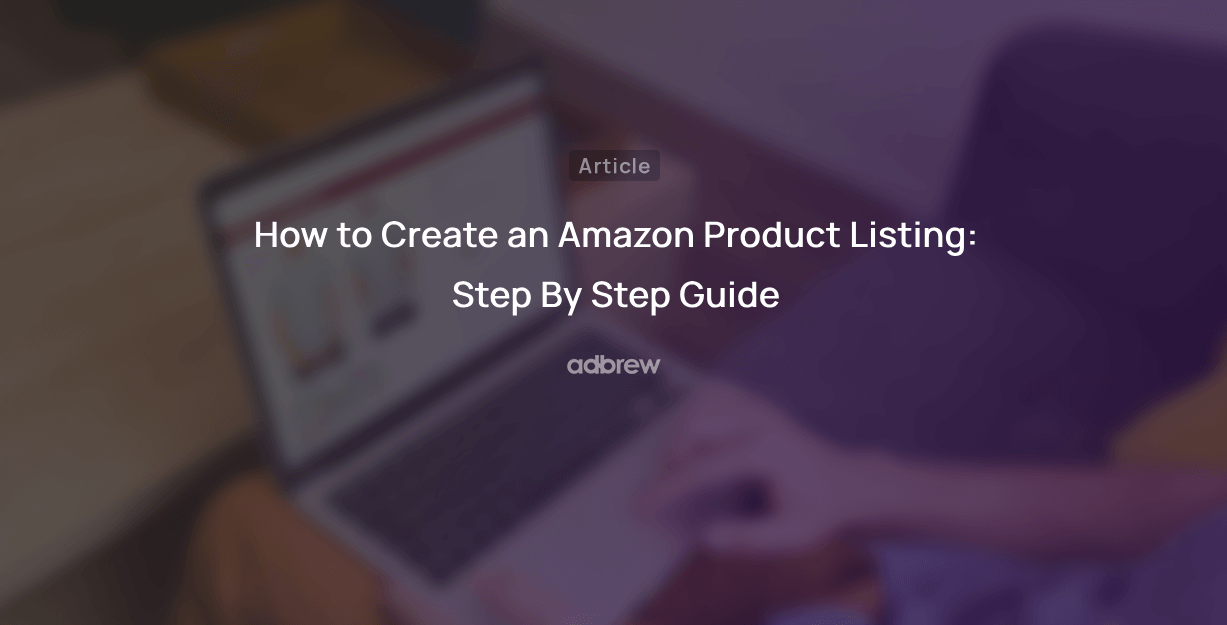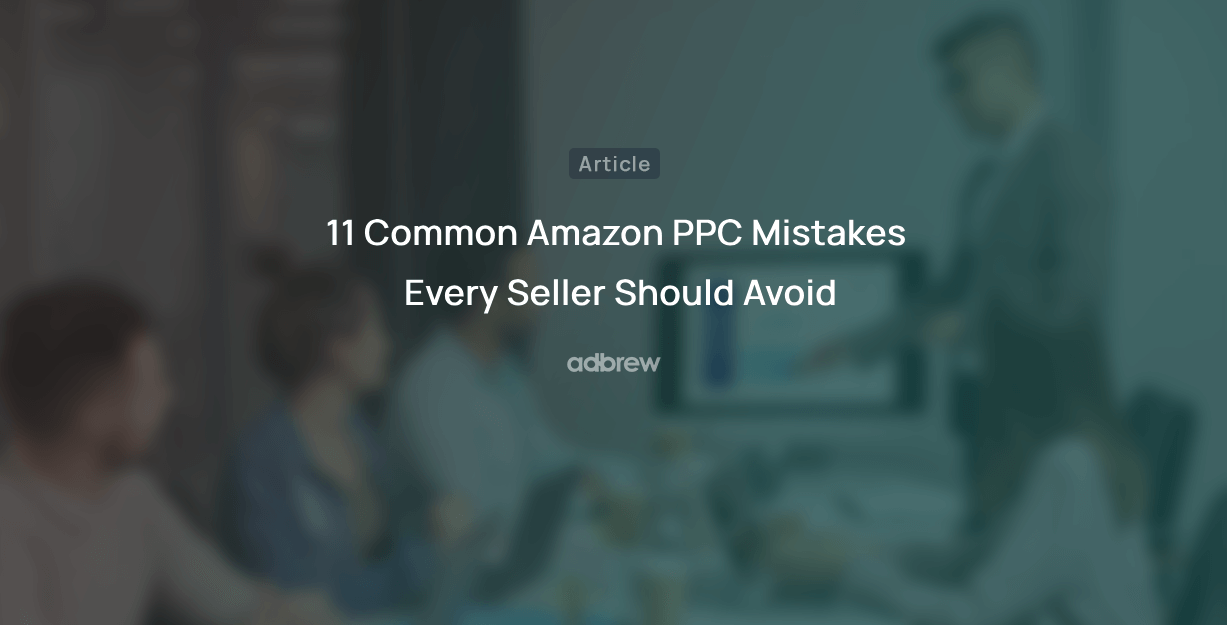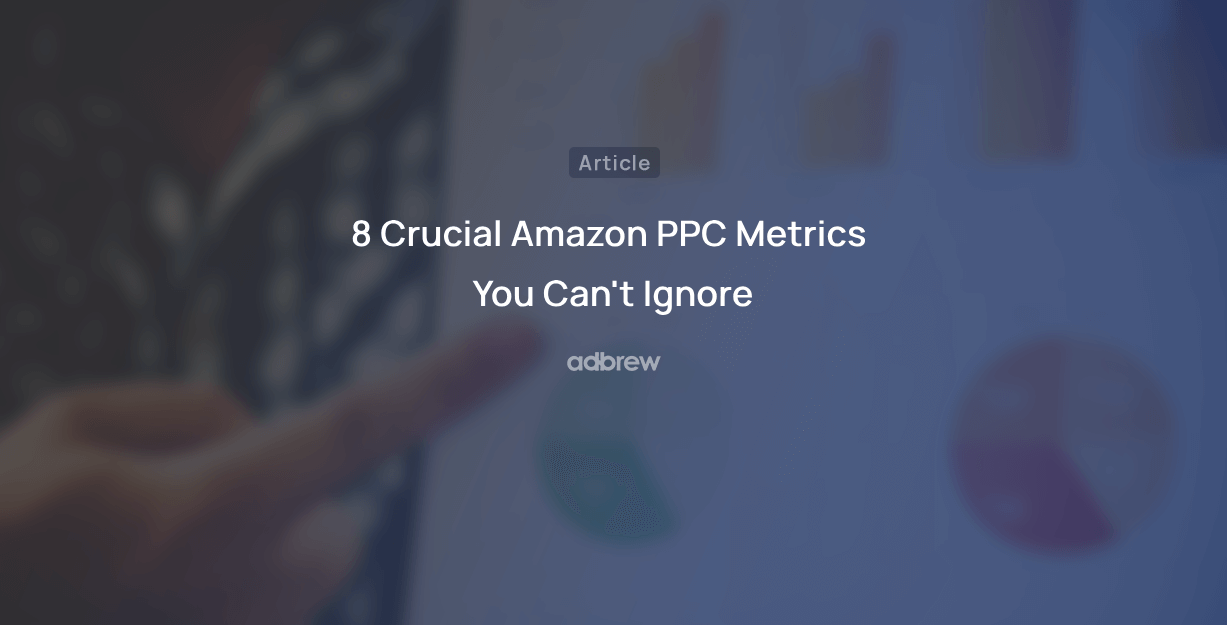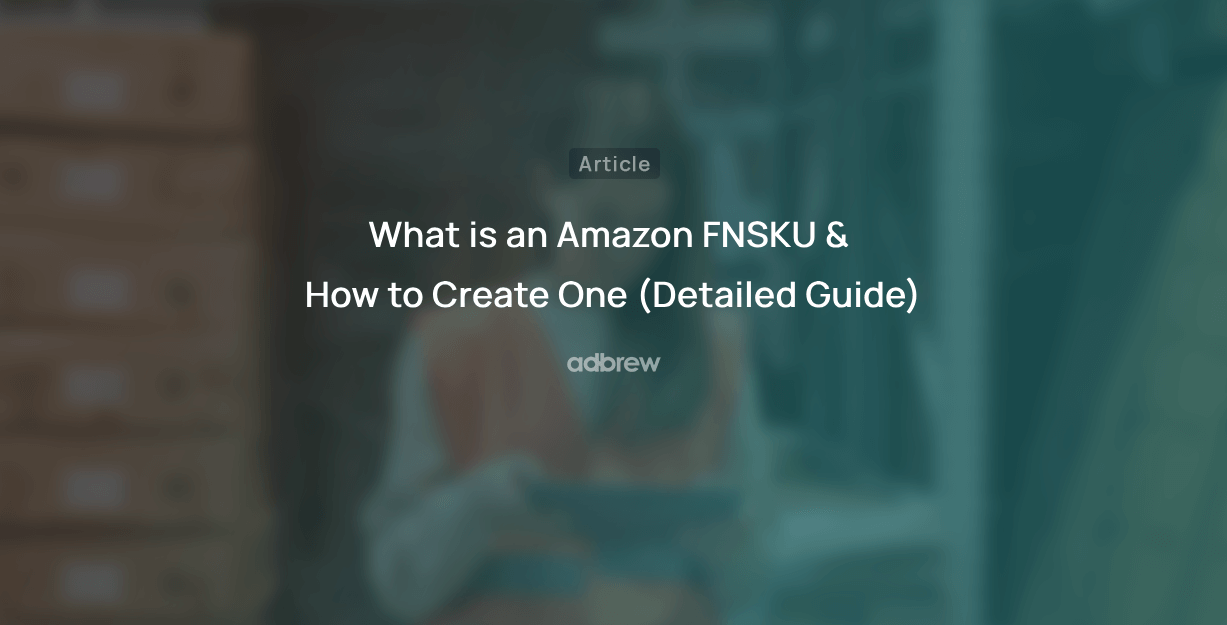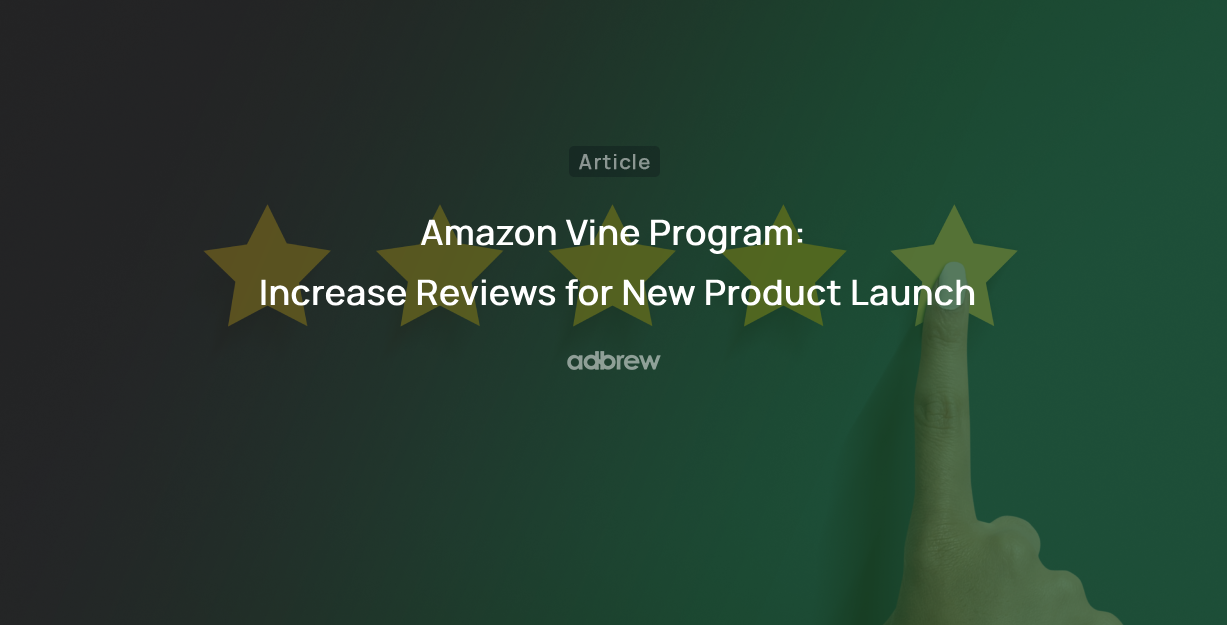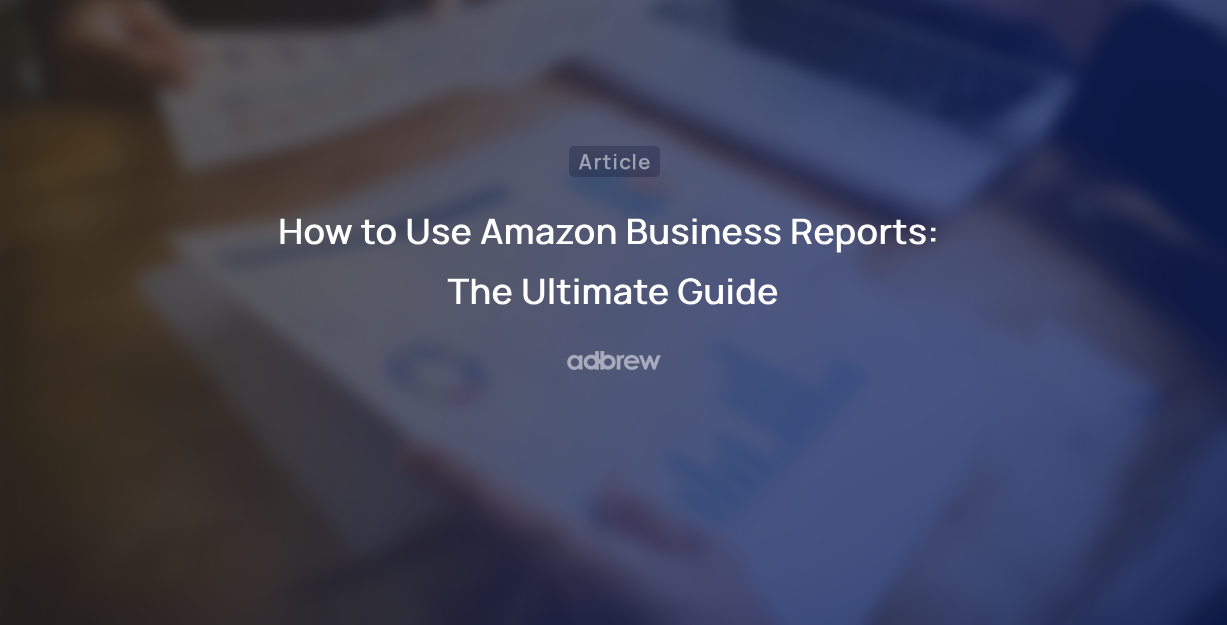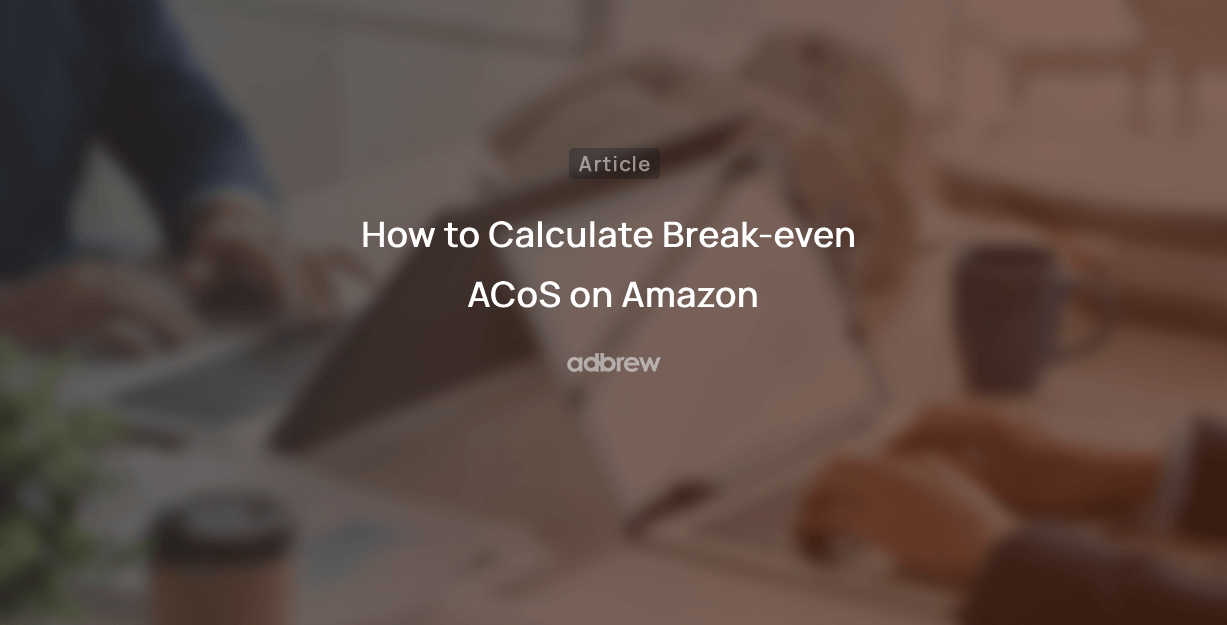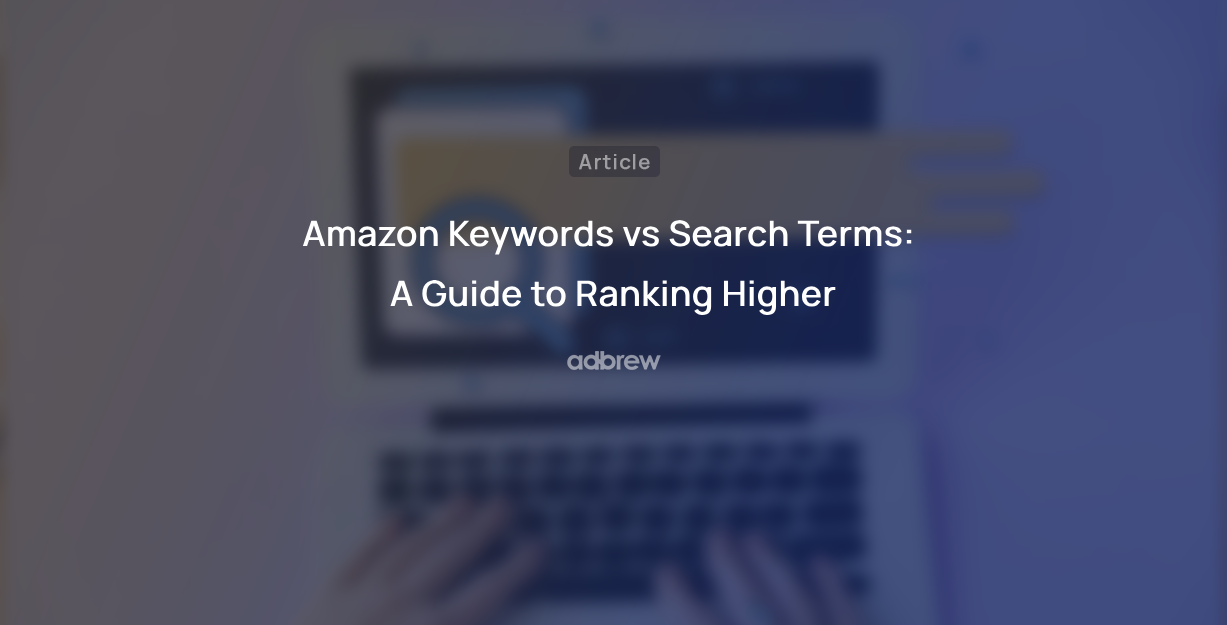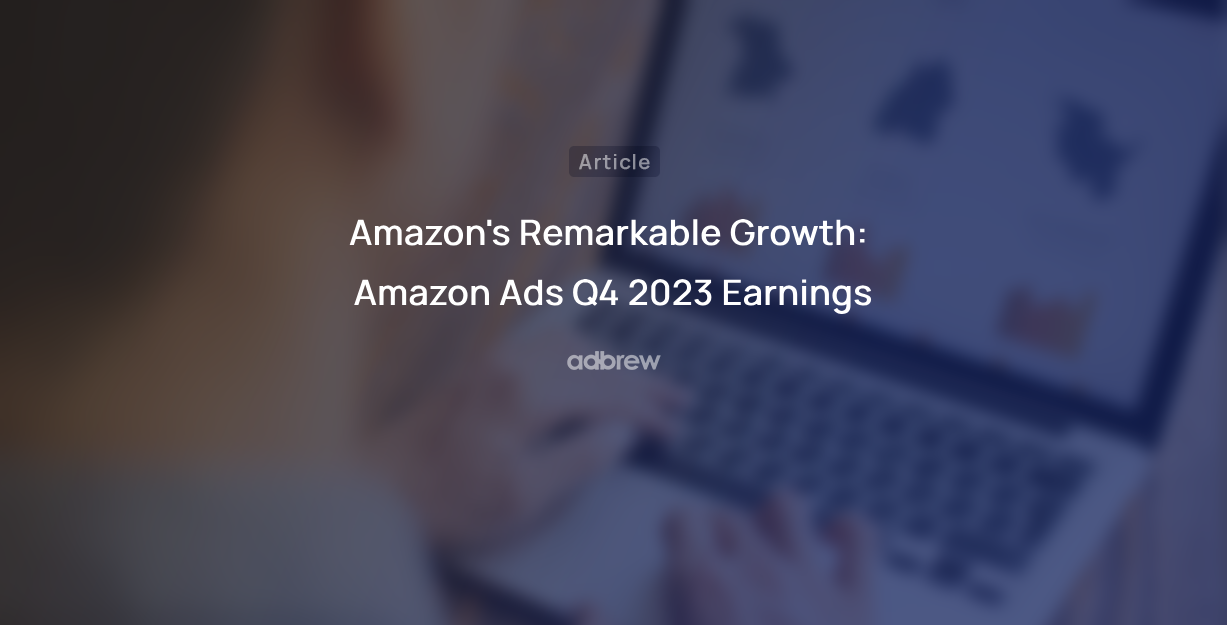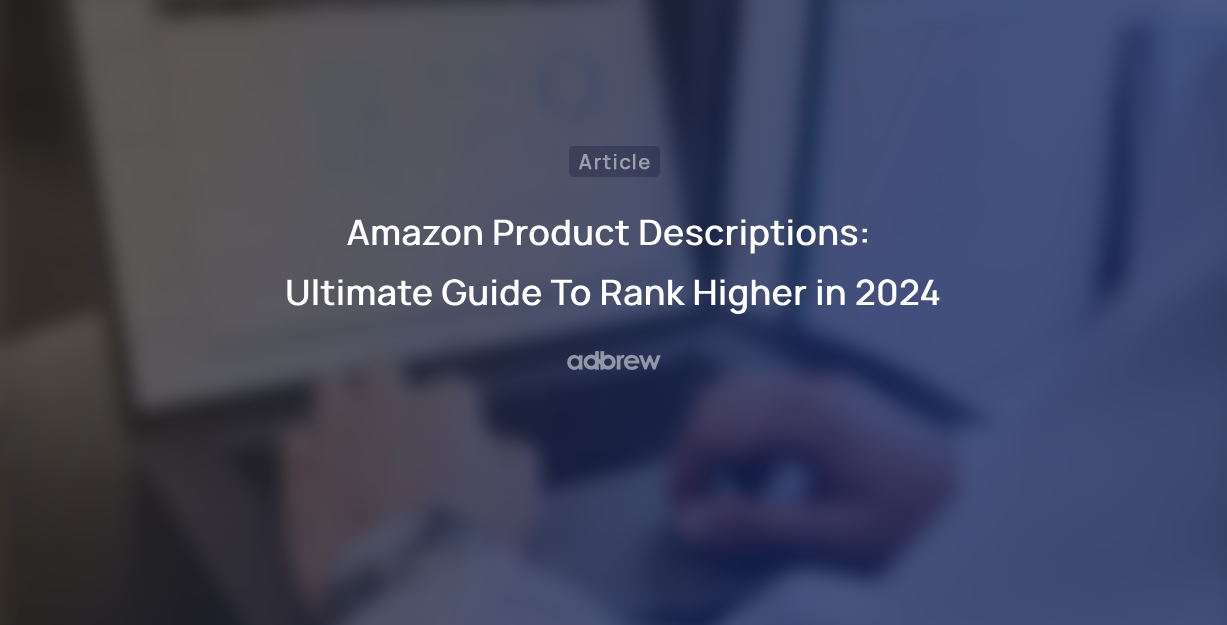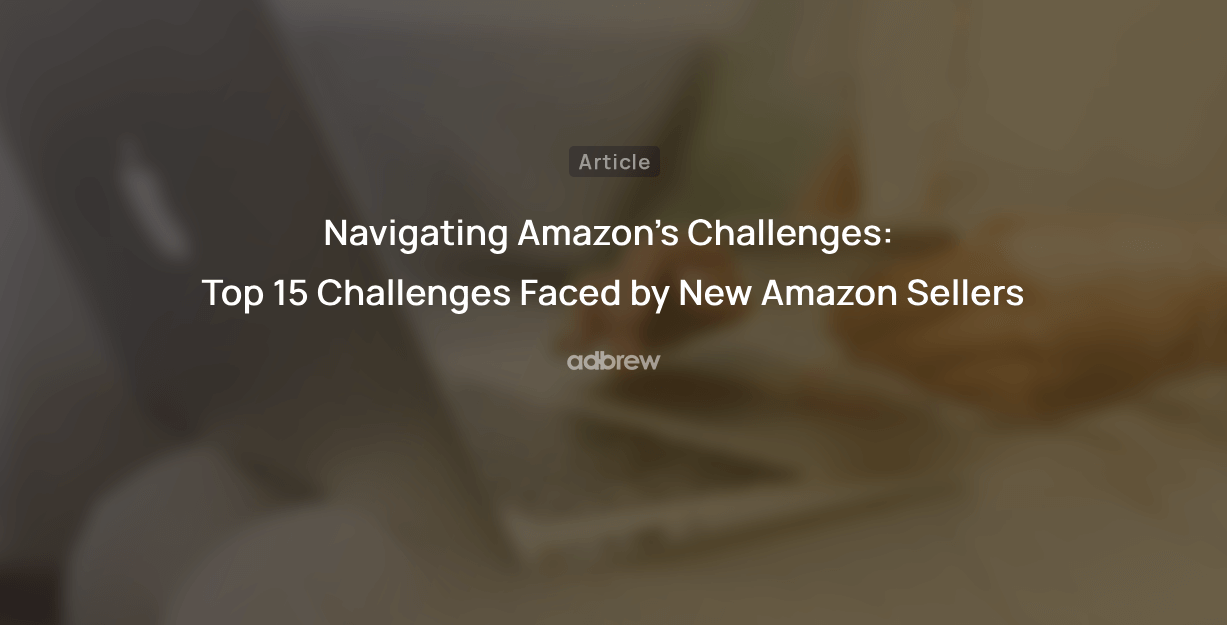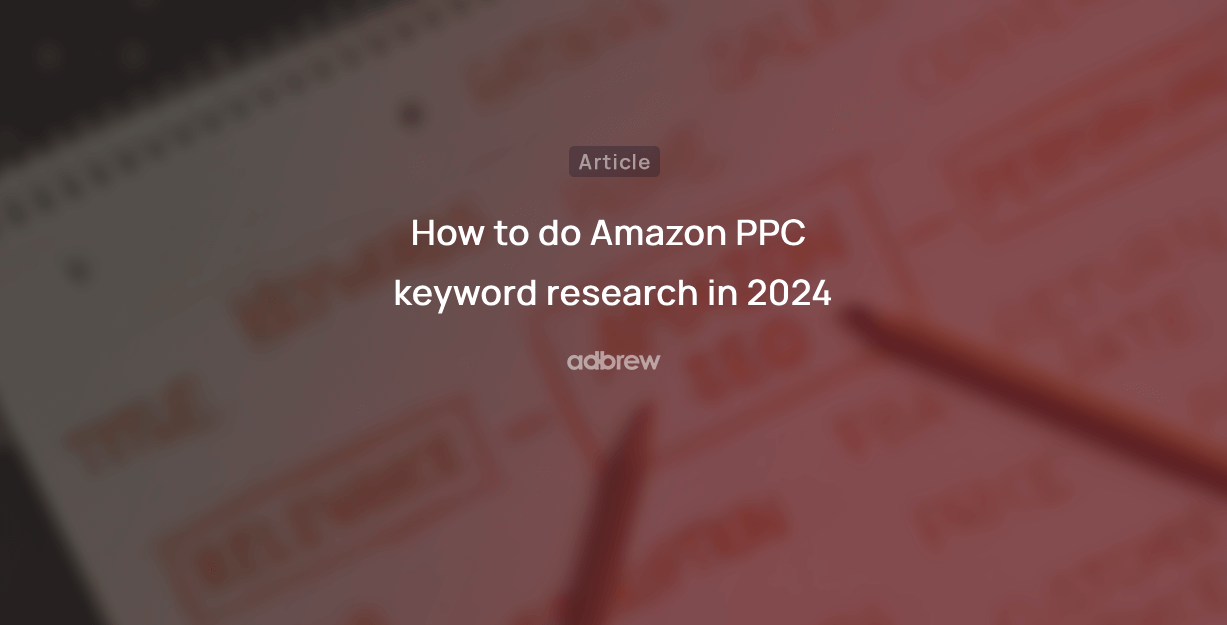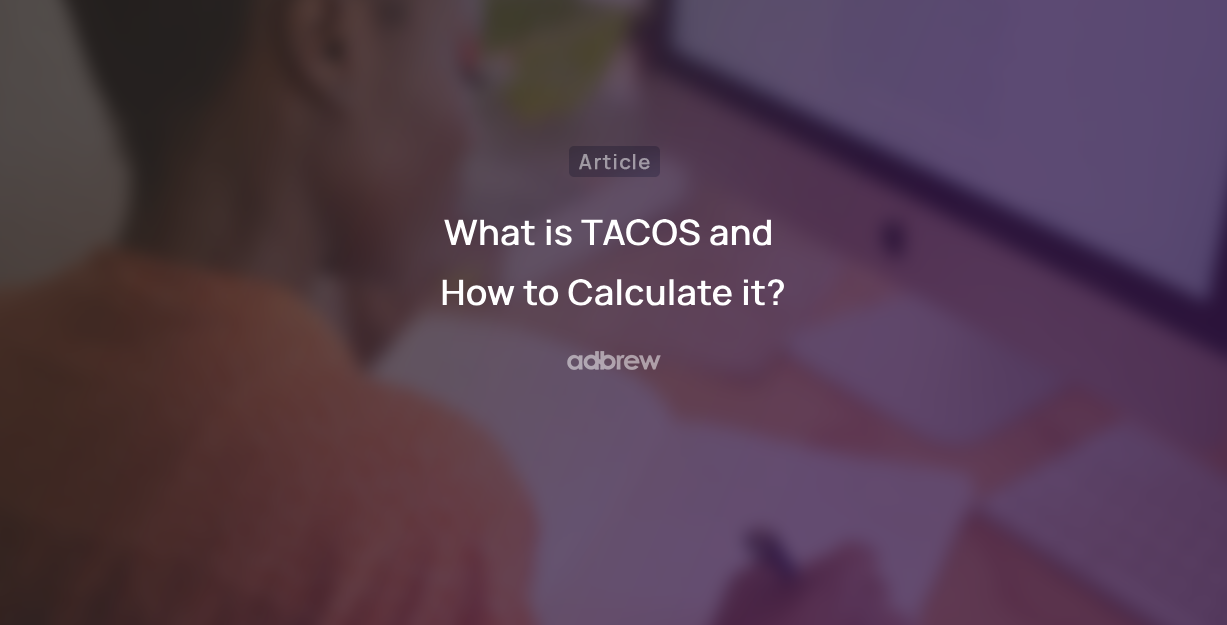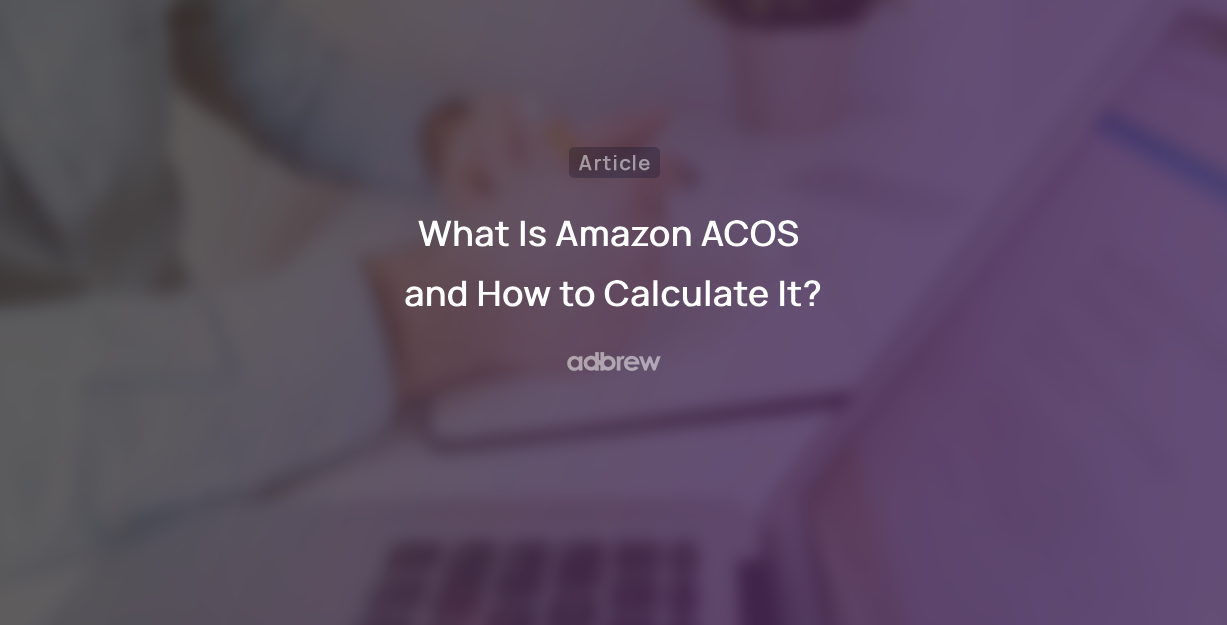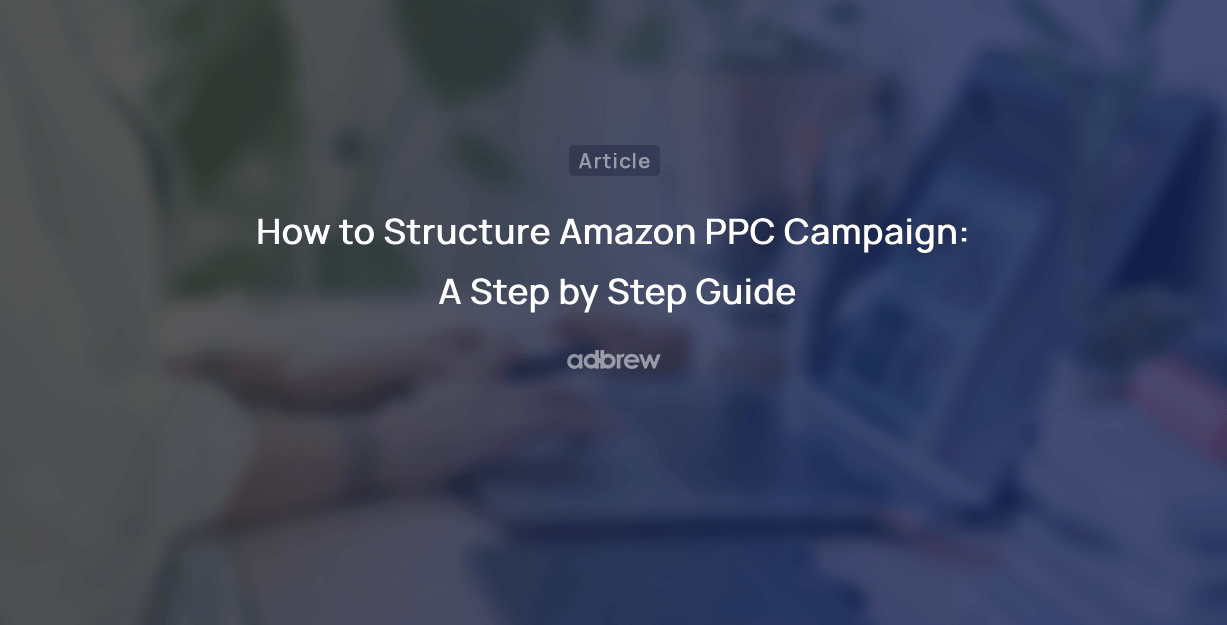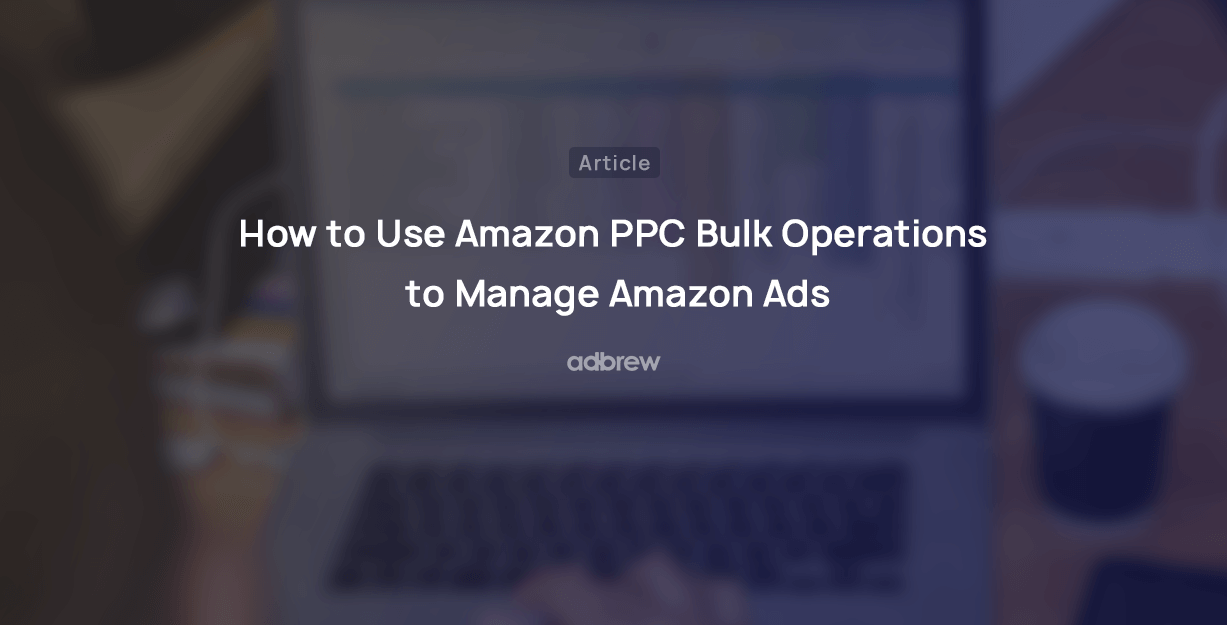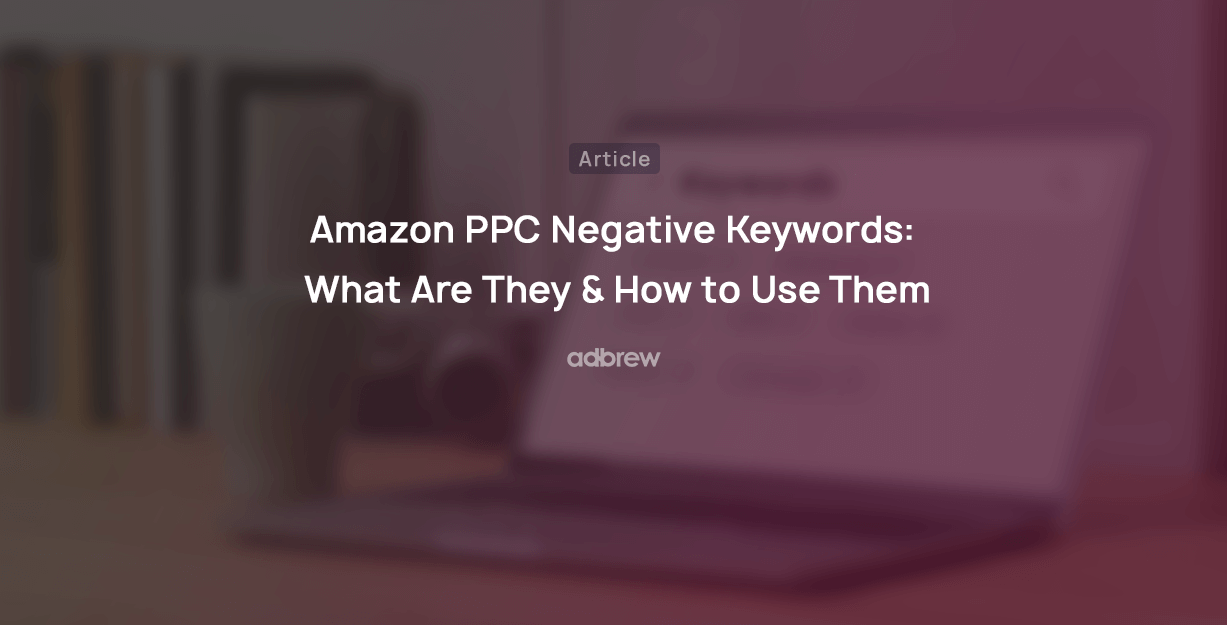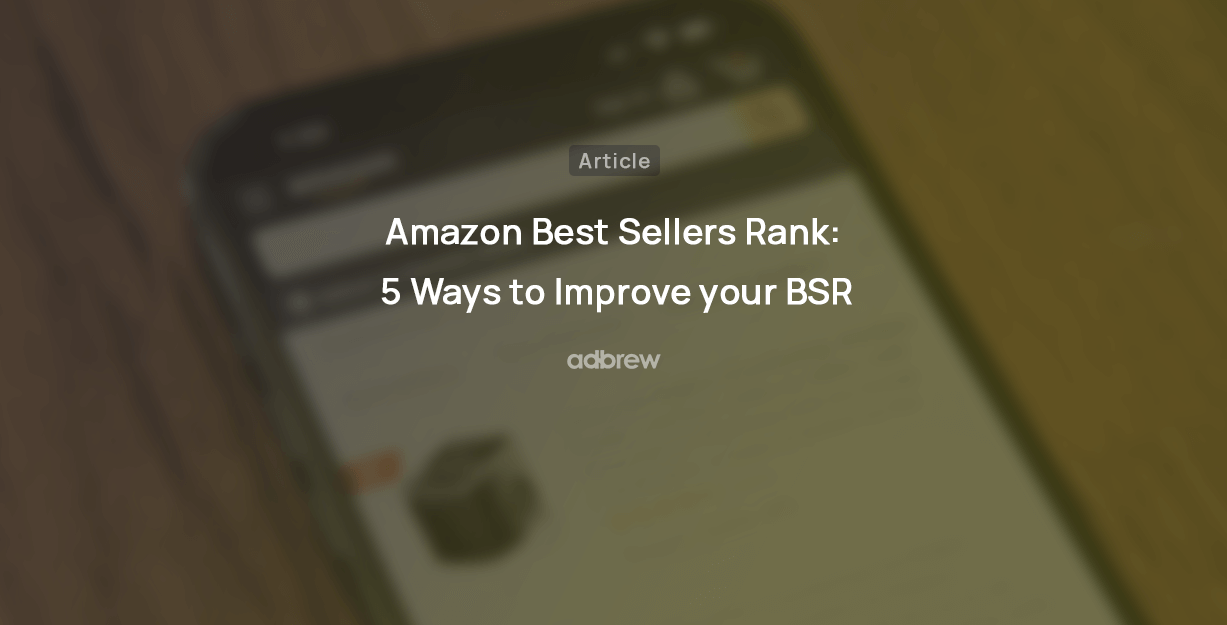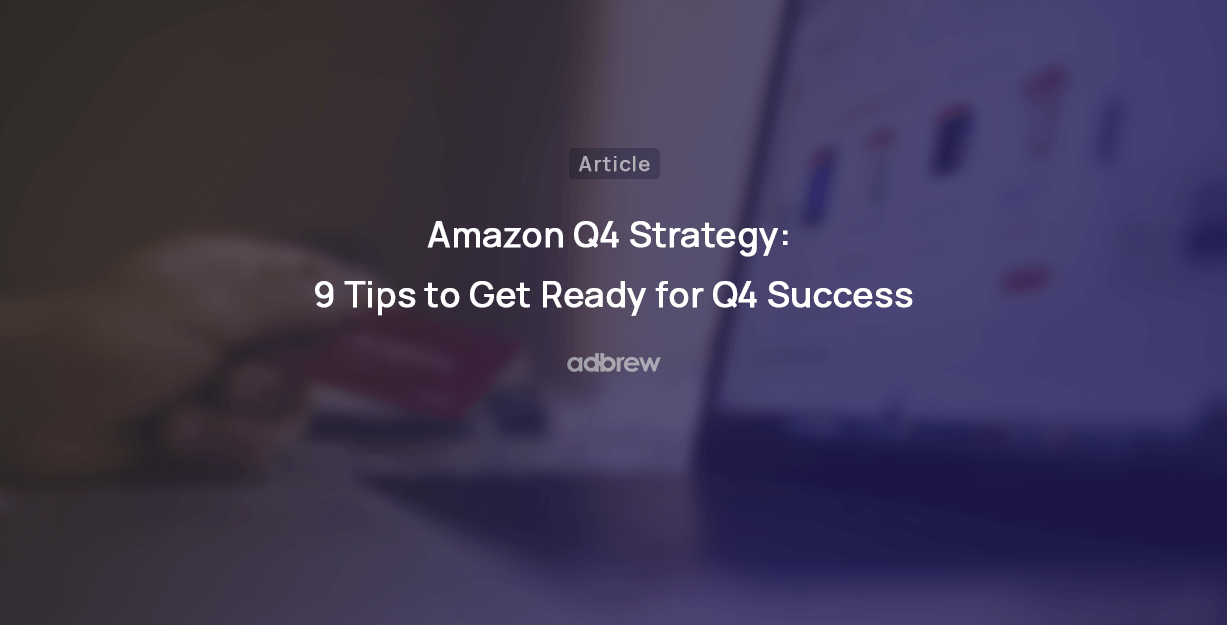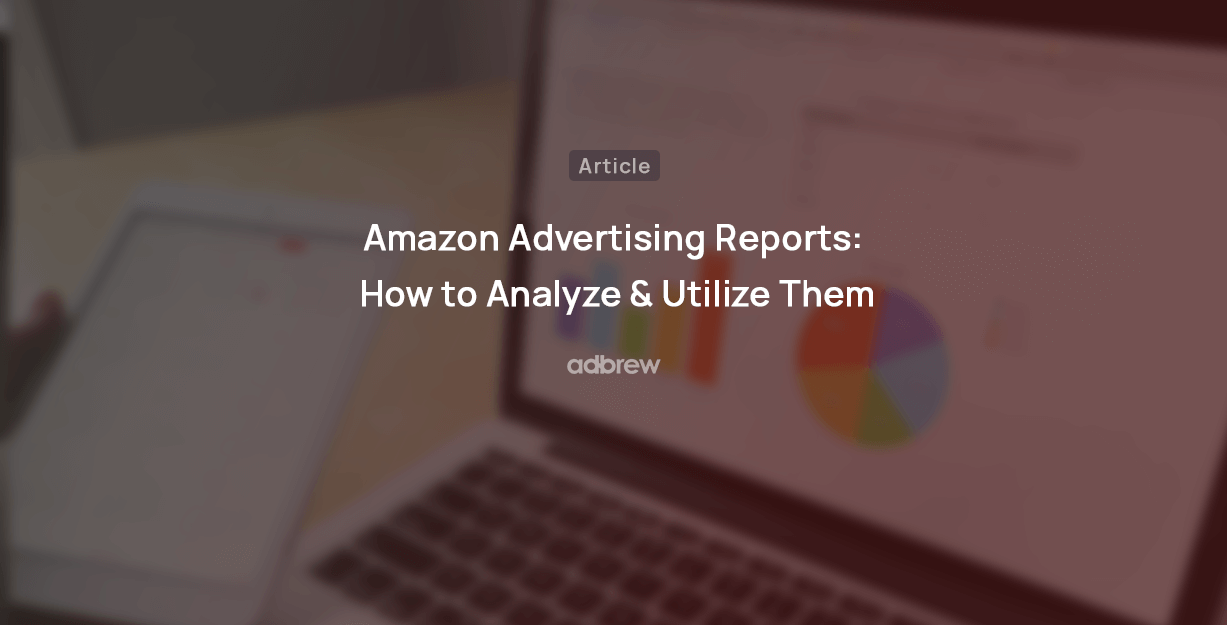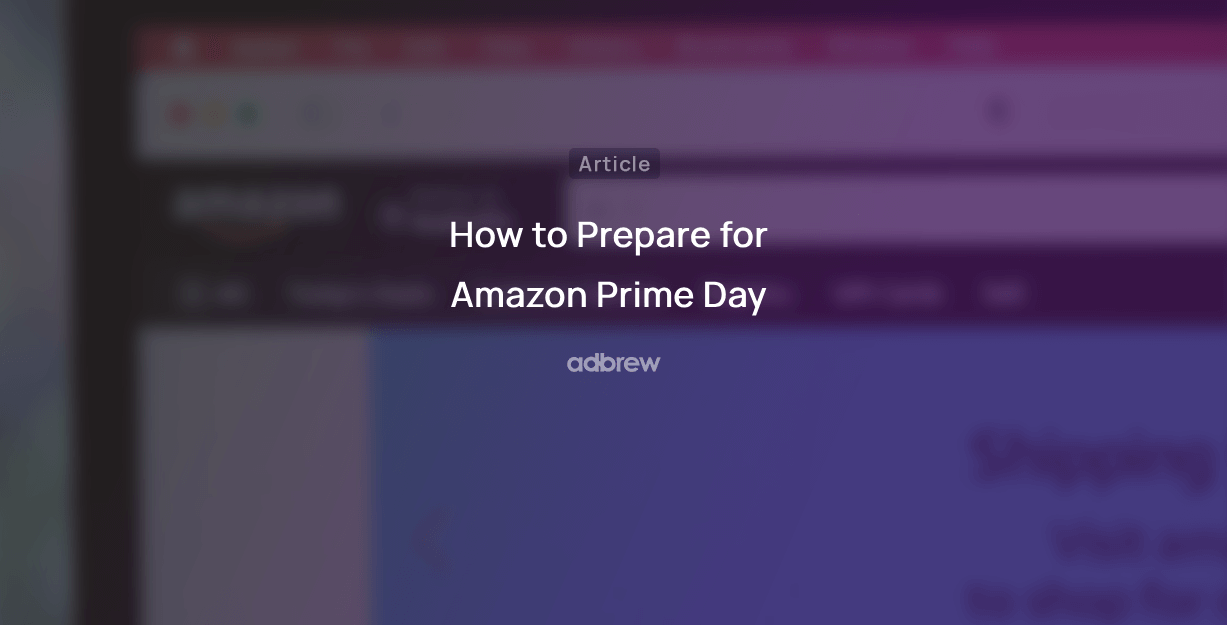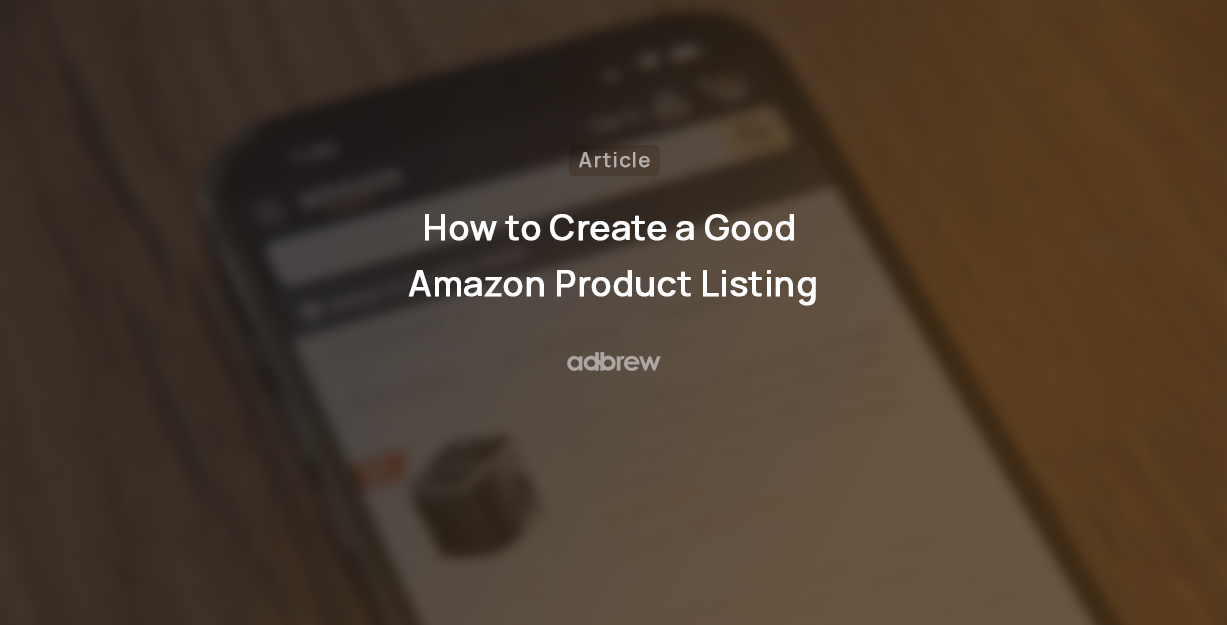
For any seller on Amazon, understanding the A9 algorithm is crucial for success. This complex algorithm dictates which products appear at the top of Amazon’s search results, significantly impacting your product’s visibility and sales.
But what exactly goes into the A9 algorithm?
In this blog post, we will discuss the key ranking factors that influence Amazon A9 Algorithm and your product’s organic position on Amazon.
What is Amazon A9 Alogorithm?
Amazon’s A9 algorithm is the powerful engine that drives the product search ranking system on Amazon. It determines which products appear at the top of search results based on various factors, including relevance, sales performance, and customer behavior. Essentially, the A9 algorithm aims to provide customers with the most relevant and high-quality products to enhance their shopping experience on Amazon.
To achieve optimal visibility and sales on Amazon, advertisers must understand and adapt to the nuances of the A9 algorithm. This involves implementing effective Amazon SEO strategies, such as keyword optimization, product listing enhancements, and maintaining positive customer feedback. By aligning with the principles of the A9 algorithm, sellers can improve their product rankings, attract more potential customers, and ultimately drive higher sales on the platform.
Factors Influencing the A9 Algorithm
1. Keyword Relevance:
Just like Google search, Amazon search engine also heavily relies on keywords. By including relevant keywords throughout your product listing, from titles and descriptions to features and backend keywords, you signal to the algorithm what your product is and who it’s for. However, keyword stuffing is not the answer. Amazon prioritizes organic use and relevance over keyword density.
2. Conversion Rate:
Unlike Google, which focuses on informational searches, Amazon is all about conversions – getting customers to buy. The A9 algorithm prioritizes products with a strong sales history and high conversion rates. You can check your “unit session percentage” metric in the Amazon business report to track the conversion rate of a product.

3. Product Reviews and Ratings:
Positive reviews and high ratings are gold on Amazon. The A9 algorithm considers both the quantity and quality of reviews. Not only do good reviews build trust with potential buyers, but they also indicate customer satisfaction, a key factor for the algorithm. Encourage satisfied customers to leave reviews and address negative ones promptly.
4. Click-Through Rate (CTR):
The CTR, or the percentage of people who click on your product listing after seeing it in search results, is another crucial metric. A high CTR tells the A9 algorithm that your listing is grabbing attention and is relevant to user searches. Optimize your titles and main images to entice users to click and learn more.
5. Seller Performance:
Whenever customers search for a product on Amazon, Amazon aims to provide a positive customer experience. As a seller, your fulfillment speed, customer service response time, and order defect rate all contribute to your overall seller performance. A strong track record demonstrates reliability and can positively impact your product ranking.
6. Amazon Prime:
Products with Prime fulfillment often get a ranking boost, as Prime members are more likely to convert. Consider offering FBA (Fulfillment by Amazon) to gain this advantage.
7. Sales Velocity:
Sales velocity refers to the speed at which a product is selling on Amazon. The A9 algorithm considers strong sales history and sales velocity as a key performance indicator when determining rankings. Products with a high sales velocity are often favored by Amazon’s algorithm because they indicate popularity and relevance to customers, leading to improved visibility in search results.
8. Inventory Availability:
Inventory availability refers to the quantity of a product that is currently in stock and available for purchase on Amazon. The A9 algorithm takes into account inventory availability when determining product rankings in search results. Products with sufficient inventory levels are more likely to be prioritized by the algorithm as they can fulfill customer orders promptly. Maintaining adequate inventory levels helps ensure consistent visibility and sales performance on the platform, as products that are out of stock or have limited availability may experience lower rankings and missed Amazon sales opportunities.
How to Optimize for Amazon A9 Algorthim?
Optimize Product Titles:
The product title is crucial for the A9 algorithm as it serves as the primary identifier for search relevance. It should contain relevant customer’s search query and accurately describe the product to improve its visibility. A clear and concise title not only helps customers find the product they’re looking for but also enhances its ranking potential on Amazon.
Use High-Quality Product Images:

High-quality images are essential for grabbing customers’ attention and conveying the features and benefits of the product. Images directly impact click-through rates and conversion rates, both of which are factors considered by the A9 algorithm. Optimized images that meet Amazon’s guidelines contribute to improved search visibility and overall performance on the platform.
Use Descriptive Bullet Points:

Bullet points provide a concise summary of key product features, benefits, and specifications. Including relevant keywords in bullet points helps improve search relevance and visibility. Additionally, well-structured bullet points make it easier for customers to quickly understand the value proposition of the product, leading to higher engagement and conversion rates.
Use Compelling Product Descriptions and A+ Content:

The product description offers an opportunity to provide additional details and context about the product. Including relevant keywords and phrases in the description enhances search relevance and improves the likelihood of the product appearing in relevant searches. A compelling and informative product description not only satisfies customer queries but also positively impacts the product’s ranking on Amazon.
Offer Competitive Prices:
Price is one of the key factors influencing the Amazon A9 Algorithm, impacting rankings and visibility. Competitive pricing can positively affect a product’s performance, as lower-priced items may attract prospects and generate higher sales volumes.
The algorithm considers both the price of the product itself and any shipping costs when evaluating its competitiveness. Additionally, dynamic pricing strategies, such as offering discounts or promotions, can influence the algorithm’s perception of the product’s value and relevance to customers. Ensuring that prices are competitive and in line with market trends can help improve a product’s ranking and performance on Amazon.
Increase Reviews & Ratings:
Customer reviews and ratings are significant factors influencing purchase decisions and product visibility on Amazon. Products with higher ratings and positive reviews are more likely to rank higher and attract potential customers. Encouraging satisfied customers to leave reviews and promptly addressing any negative feedback can help improve overall ratings and enhance the product’s visibility on the platform.
Q&A Section:

The Q&A section provides valuable insights into customer queries and concerns about the product. Addressing common questions and providing helpful responses not only improves customer satisfaction but also contributes to the product’s search relevance. The A9 algorithm may consider the activity and engagement in the Q&A section as a signal of product relevance and customer engagement, thus impacting its ranking on Amazon.
Backend Search Terms:
Backend search terms or backend keywords are hidden keywords that sellers can add to their product listings to improve search visibility. These terms are not visible to customers but are indexed by the A9 algorithm to determine the relevance of the product to specific search queries. Including relevant keywords can help enhance the product’s discoverability, drive more traffic, and increase its chances of appearing in relevant searches.
Run Amazon Sponsored Ads:

While not a direct ranking factor, advertising on Amazon can significantly increase product visibility and drive sales. Increased sales can then lead to a higher organic ranking through the factors mentioned above.
Conclusion
In conclusion, understanding and leveraging the intricacies of Amazon’s A9 algorithm is essential for improving product visibility and maximizing organic sales on the platform. By optimizing product listings with the right keywords, compelling product descriptions, and high-quality images, you can enhance their Amazon ranking factors and attract more prospective customers.
Moreover, focusing on factors such as conversion rate and click-through rate allows you to align your strategies with Amazon’s search engine algorithms, ultimately driving more audience to your listings. By continuously monitoring and refining your approach to Amazon’s algorithms, sellers can stay ahead of the competition and capitalize on the vast potential of customer searches on the platform.
Related Blogs
Introduction Selling on Amazon can be a great way to get your products out there. But once someone buys your […]
Ever feel like you’re missing something in your Amazon PPC Search Terms report? You might be! Sure, they show what […]
Ever scrutinized an Amazon product page and noticed the cryptic “Sales Rank”? Wondering what it means and how it impacts […]
Millions of products compete for customer attention on Amazon’s search results page, making it tough for your brand to stand […]
Are you selling products on Amazon and looking to increase your sales? This blog is for you. We’ll share tips […]
Are you an Amazon seller looking to boost your brand visibility and profitability? Are you feeling stuck in the cycle […]
Ever wonder what drives your online shopping habits? Perhaps a captivating product description, or an eye-catching professional photo? As it […]
For any seller on Amazon, understanding the A9 algorithm is crucial for success. This complex algorithm dictates which products appear […]
Are you an Amazon seller looking to turn those single purchases into recurring revenue? Look no further than the Subscribe […]
Amazon has become a go-to platform for all e-commerce business owners to launch and scale their e-commerce brands online. But […]
Mother’s Day, a time to celebrate the incredible women who raised us, is a prime opportunity for Amazon sellers to […]
In the ever-competitive landscape of Amazon, ranking high in organic search results is crucial for driving sales. While you might […]
If you’ve ever found yourself scratching your head over Sessions and Pageviews on your Amazon business reports, you’re not alone. At […]
Amazon is a massive marketplace, attracting millions of customers with diverse needs, preferences, budgets, and mindsets for shopping. To effectively […]
With Amazon boasting over $575 billion in retail sales for 2023, it’s no wonder so many sellers flock to its […]
Advertising on Amazon through pay-per-click campaigns can significantly enhance product visibility and sales for sellers. However, mastering Amazon PPC, with […]
Have you heard of the terms copyright infringement and plagiarism? If so, then Amazon Brand gating won’t be unfamiliar to […]
If you are running ads on Amazon, you’ll come across a sea of data in your advertising console. But does […]
Have you heard of the terms copyright infringement and plagiarism? If so, then Amazon Brand gating won’t be unfamiliar to […]
In the fast-paced world of e-commerce, where shoppers are bombarded with choices, standing out on platforms like Amazon is paramount […]
Are you planning to start an Amazon FBA store? If so, you’ll encounter a unique term – FNSKU. This seemingly […]
Introduction As an Amazon seller, you understand the power of reviews. They’re the lifeblood of trust and conversion on the […]
Are you struggling to get Amazon reviews on your product? Well, you are not alone! Reviews are the backbone of […]
Are you tired of bland Amazon product listings failing to grab attention? In today’s competitive online marketplace, standing out is […]
As an Amazon seller, understanding how your brand performs throughout the customer journey is vital for success. However, until recently, […]
As an Amazon seller, optimizing your business and maximizing profits relies heavily on data analysis. One invaluable tool for gaining […]
Are you struggling to get noticed on Amazon’s massive platform? Do your products get lost in a sea of similar […]
For any Amazon seller getting into the world of sponsored advertising, understanding the Advertising Cost of Sale (ACoS) is crucial. […]
A well-executed product launch on Amazon can be the key to unlocking success and gaining a competitive edge. As the […]
In the ever-evolving landscape of e-commerce, distinguishing between keywords and search terms is vital for optimizing product visibility and driving […]
Ever felt like you are throwing darts in the dark when it comes to your marketing efforts outside Amazon for […]
Amazon, the e-commerce giant, has successfully concluded a robust business year with outstanding performance in quarter 4. The most recent […]
Picture this: you have a great product on Amazon, but it’s not selling well despite having attractive images and a […]
The advertising landscape is evolving, and viewers are rapidly migrating from traditional cable TV to streaming platforms. This presents a […]
Feeling lost in the Amazon discount jungle? Struggling to reach the right customers and entice them to make the purchase? […]
Are you losing your product in the deep ocean of Amazon product listings? Want your product to stand out, rank […]
For years, Amazon sellers were in the dark. They couldn’t see what keywords customers were using to find their products, […]
Selling on Amazon can be tough with so many others doing the same in your category. That’s why it’s super […]
For Amazon sellers, understanding their customers has often felt like navigating a maze without a map. The missing link? A […]
Have you ever felt like your Amazon advertising campaigns are lost in a tangled jungle of keywords? You’re not alone. […]
When did you last give your Amazon PPC account a checkup? Regular Amazon PPC audits are crucial to ensure the […]
Embarking on the path of online selling? If so, you’re likely aware that Amazon is your ultimate destination. With a […]
Ever felt like your product is lost in the vast Amazon jungle? You’re not alone. With millions of shoppers actively […]
Amazon Sellers selling on the Amazon marketplace usually utilize Amazon advertising without keeping a close eye on the TACoS metric. […]
The rush of Black Friday and Cyber Monday might be over, but the opportunity for continued sales growth extends beyond […]
In the fierce Amazon advertising domain, where competition rises and costs increase, understanding and keeping track of the right metrics […]
Have you ever felt the frustration of campaigns going out of budget, leading to missing out on potential sales, or, […]
Amazon PPC campaigns can be a powerful tool for driving traffic and sales to your products. However, without proper structure, they […]
The Amazon Cyber Monday and Black Friday sales week is just around the corner. It’s no secret that this marks […]
Whether you are creating a new advertising campaign or optimizing existing ones, doing it manually from the Amazon ad console […]
Want to know what search terms people use to visit or purchase your product on Amazon? If yes, you’re in […]
When you are spending dollars or even more to get a click on your Amazon ads, you want to ensure […]
Are you an Amazon seller looking to maximize your profits and minimize your advertising costs? If so, you’re not alone. Many […]
Are you exclusively relying on traditional metrics such as CTR, CPC, CVR, or ROAS to make your campaign optimization decisions? […]
Navigating the ever-evolving landscape of Amazon’s online marketplace is essential for any seller looking to thrive on the platform. Among […]
As the holiday season approaches, businesses are gearing up for the highly anticipated Q4 rush. To ensure a successful Q4, […]
Do you regularly review your Amazon advertising reports? If not, you may be missing out on numerous opportunities. Amazon […]
Whether you’ve just launched a new product or have been selling on Amazon for a while, advertising on the platform […]
Amazon PPC bidding strategies that you choose play a significant role in the success of your Amazon Ads campaigns. As […]
Have you ever heard of a “catch-all campaign”? This single campaign can generate extra sales for you at a very […]
Amazon Prime Day is one of the largest global e-commerce sales events, attracting millions of customers worldwide. But how do […]
Are you looking to boost your brand’s visibility and drive more sales on Amazon? Look no further than Amazon Sponsored […]
Succeeding on Amazon in 2023 isn’t easy. Just listing your products and hoping for the best won’t work anymore. You […]
Are you bidding the same amount for all your ad placements on Amazon? If yes, then you’re missing out on […]
Whether you are looking to boost product discovery or target audiences further down the sales funnel who have already engaged […]
We, at Adbrew catalyze millions of dollars of ad spend monthly through our platform, with Sponsored Product Ads being the […]
Do you want to know how many clicks you should give a search term before adding it as negative in […]
Think of your product listing as a guiding light on the Amazon marketplace. It’s your chance to grab attention, tell […]
It is no longer a secret that shopping behavior on Amazon varies over the day. This is the reason why […]
Are you struggling to get the most out of your advertising budget on Amazon? Do you find that your campaigns […]
Ever run an Amazon Ad campaign and wondered why some sales weren’t directly linked to the products you advertised? That’s […]
If you’re managing Amazon PPC ads, it’s essential to have an effective and organized approach for target harvesting and movement. […]




